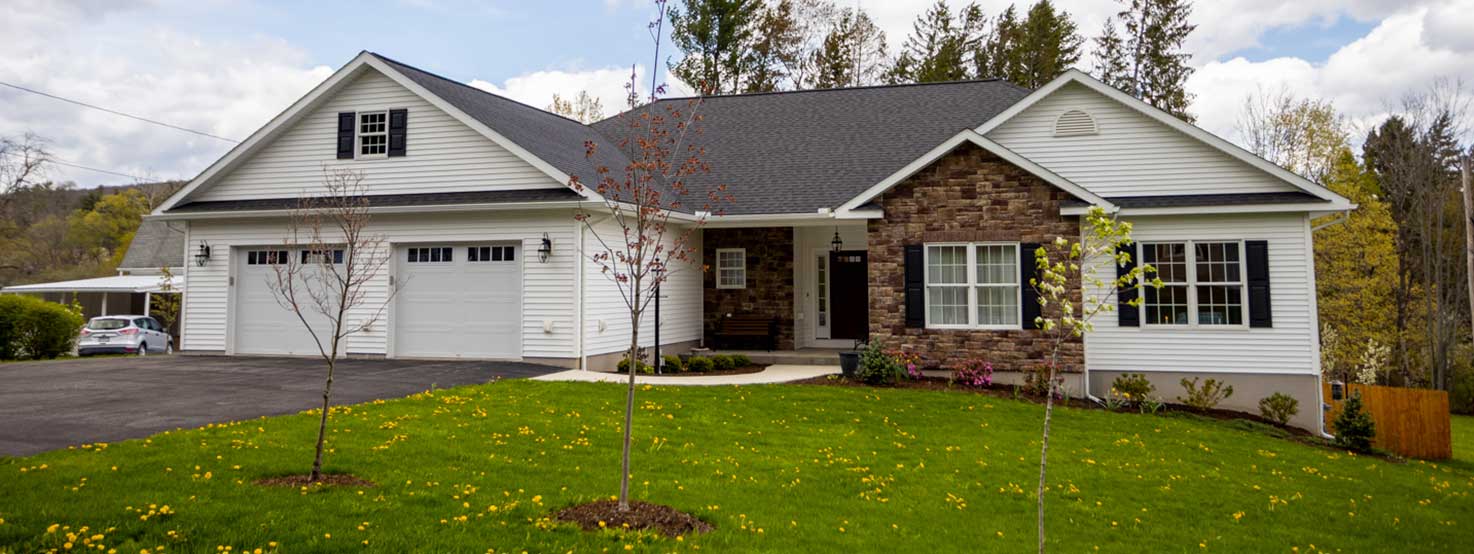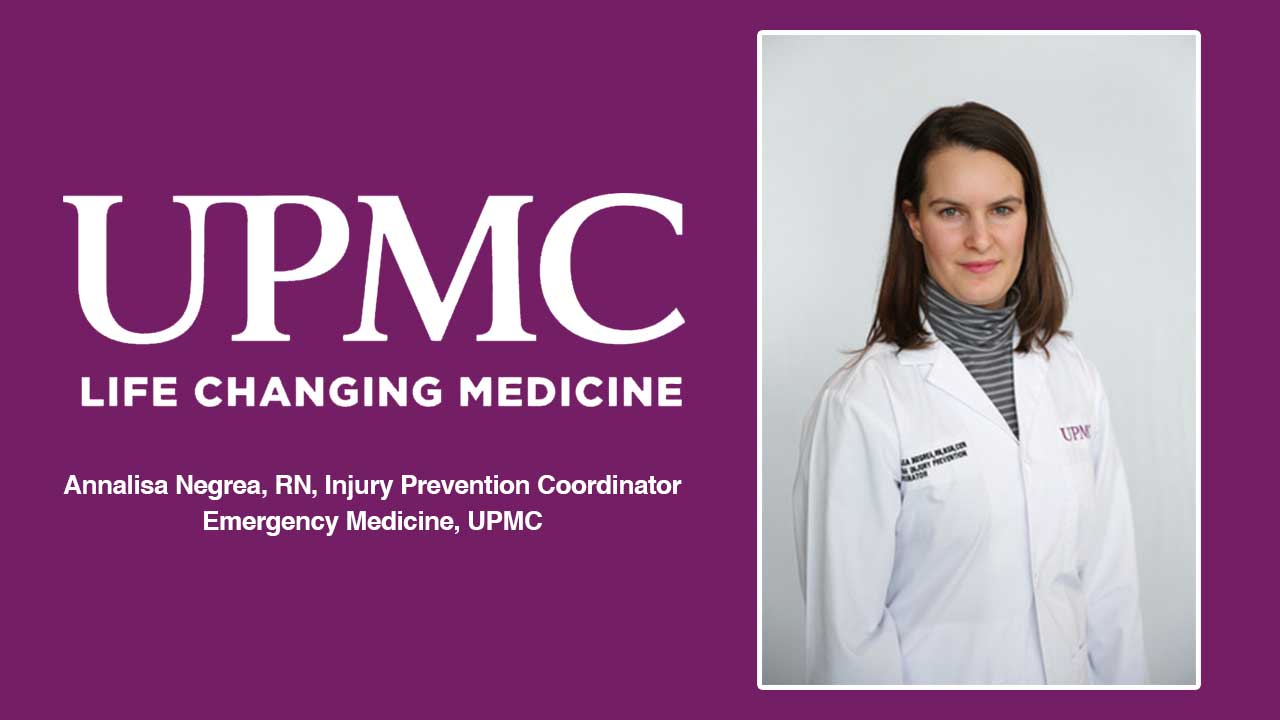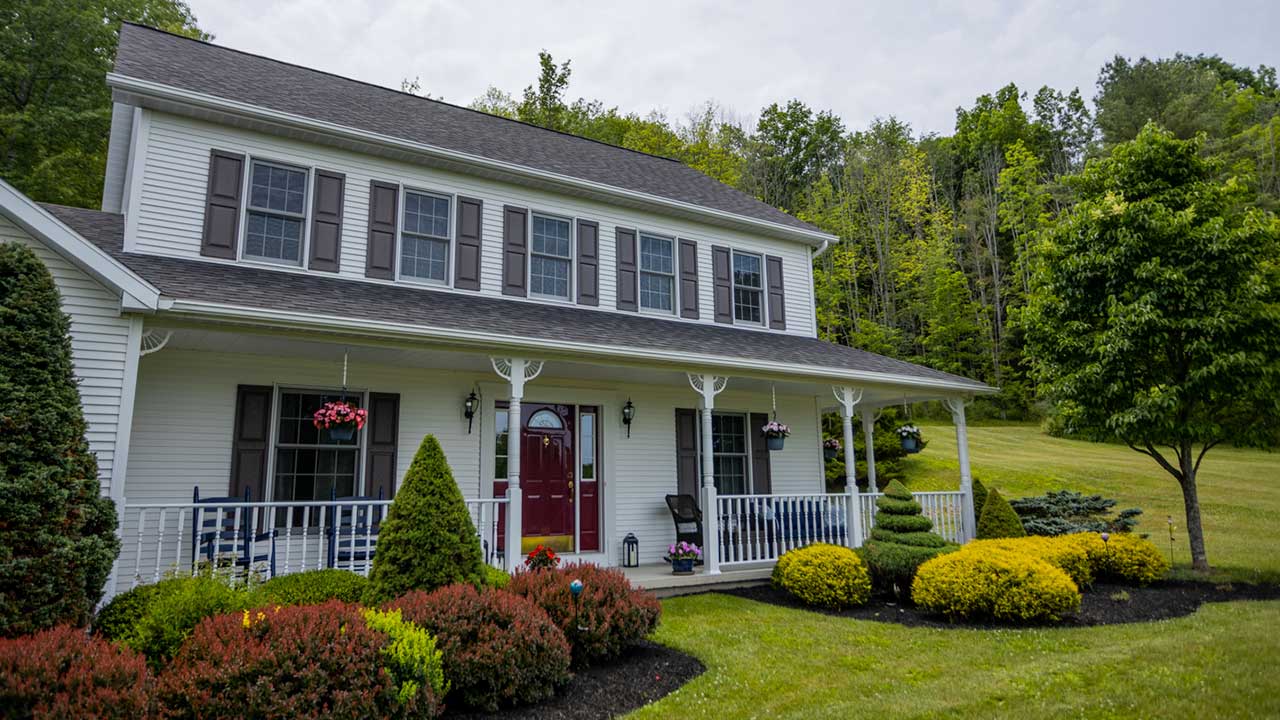Channels

Rotary

Rotary Conference

Laurel Health Centers

Penn Oak Realty

Movin Together

Bank On It

Dunhams Corner

By The Door

Questioning Life

Karschners Insurance

Ag Happenings

Back to Basics

Hornet Happenings

Live From The Hive

Momday Monday

Pennsylvania Politics

The Briefing

Weekly Highlights

Wellsboro Chamber

UPMC Nurse Offers Tips for Safe Riding
Biking is a great way to have fun while spending time outdoors. It benefits you physically, mentally, and the environment positively. Although it is a helpful way to be active, you need to remember that it can be risky as significant injury can occur from falls and automobiles. Consider the following precautions to avoid injuries and enjoy this mode of transportation.
Bicycle Safety
Before leaving for your expedition, have a route planned, check the weather, and inspect your bike.
Checking your route before you begin your ride gives you the knowledge of where there might be heavy traffic or difficult terrain. It is best to avoid traffic altogether or plan to use roads that have a bike lane or dedicated path if possible.
Weather can affect a bike ride and it’s important to plan accordingly. Exposure to the elements can affect how well you can respond to the environment around you as well as increase your risk for a weather-related illness such as dehydration, heat stroke, or frostbite. Check the forecast for the entire day and take the necessary precautions such as carrying extra water and sun protection on hot days or packing extra dry clothes on cold and wet days. Also, consider how the weather will affect motorists and pedestrians as it may increase braking times, decrease visibility, or create other hazards that put everyone at risk.
Once you have a route in mind, you can begin checking your bike’s functionality. First should be a brake check. If you are unable to stop your bike, you could easily lose control and experience harmful consequences. Make sure that the bike you plan to ride is a good match to your size. If the bike is too big or too small, it will be more difficult to keep under control. Make sure that anything on your person that is loose, such as backpack straps or shoelaces, get tucked in so that nothing gets caught in your bike chain or wheels.
Helmets
Whatever age you are, wearing a helmet is crucial to safe bike-riding. Helmets reduce risk of head injury by almost 50% and can save lives. The following tips ensure that your helmet fits correctly:
- Helmet straps should be tight enough to allow only one finger to fit between your chin and the strap.
- Helmets should not move when you shake your head.
- Make sure the helmet covers your forehead.
- Make sure the V-shaped straps surround your ears.
- Replace helmets that have been worn in an accident. Even if there are no visible signs of damage to the helmet, consider it defective and replace it.
In addition to wearing a helmet, consider wearing reflective or bright clothing to increase your visibility to drivers, pedestrians, and other bicyclists. Also, add reflectors to your bike; a front light and rear red light can also increase visibility.
Street Safety
When you ride your bike on streets with traffic, you must follow the rules of the road. You must go with the flow of traffic and ride in the same direction as cars and obey all traffic signs and signals. This helps the drivers around you predict what you plan to do and avoid causing an accident. If you act hesitantly, it can fluster the drivers around you, causing confusion and a possible collision.
Just like driving, you need to stay alert and cautious of distractions on roadways. Look out for hazards like potholes, gravel, or other things that might make you fall off your bicycle. You can also stay alert by not wearing headphones and listening for traffic.
While riding your bicycle you will need to keep pedestrians in mind in addition to motorists. Pedestrians still have the right-of-way and bicyclists should yield to them if needed, just as car drivers would. If you need to pass anyone, slow down, announce which side you will be passing them, and use a bell.
If you use common sense and caution, bicycling is a great option to get active this summer.
Annalisa Negrea, RN, is the injury prevention coordinator with Emergency Medicine at UPMC Williamsport, 700 High Street. For more information, visit UPMC.com/Emergency.
Credits:
Writing: Annalisa Negrea, RN, Injury Prevention Coordinator
| Emergency Medicine, UPMC
Produced by Vogt Media
Home Page Sponsors: UPMC






































